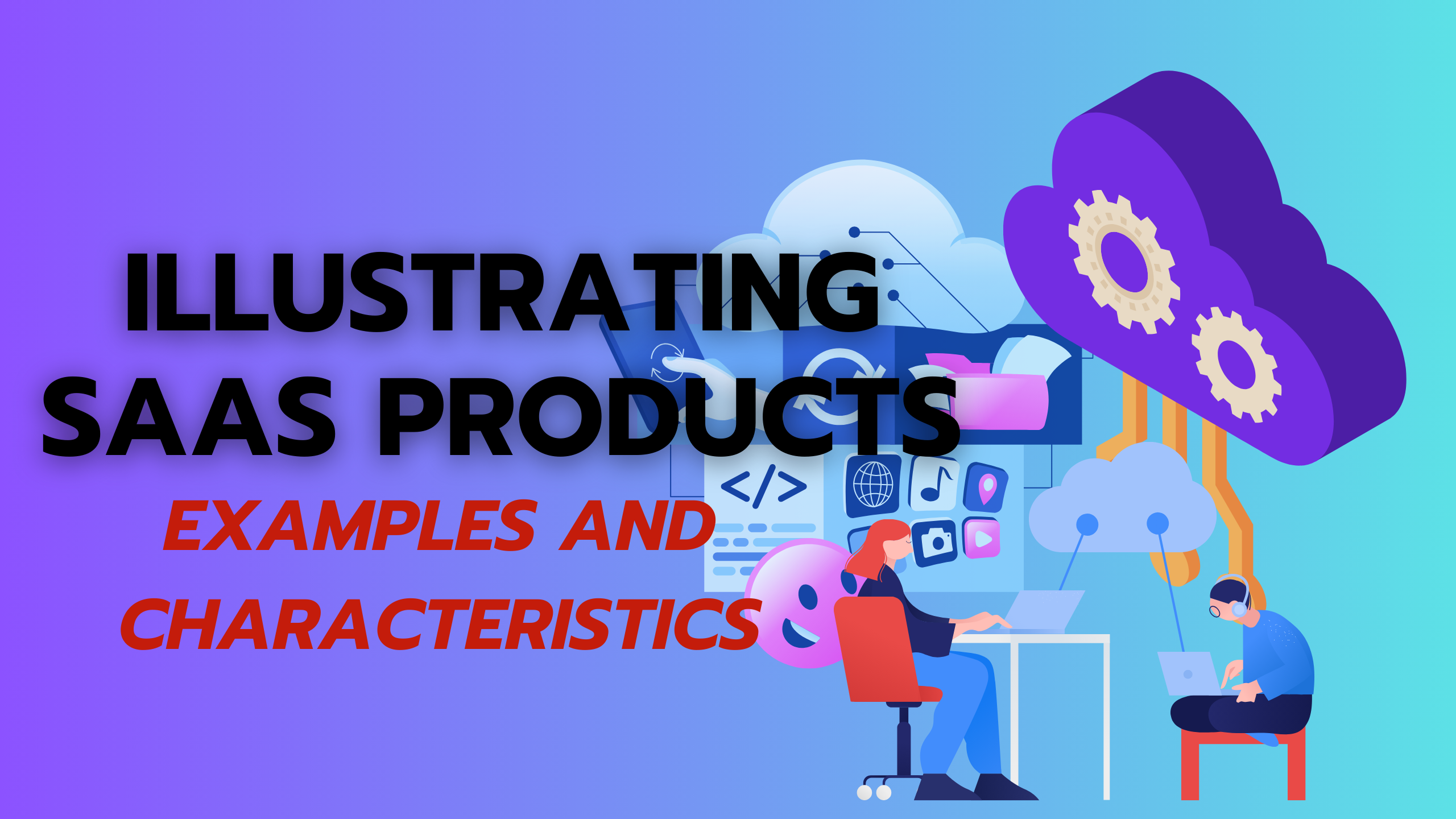Illustrating SaaS Products: Examples and Characteristics
- Proposal Software Customer Relationship Management


Illustrating SaaS Products: Examples and Characteristics
In the dynamic landscape of software solutions, Software as a Service (SaaS) has emerged as a dominant model, offering flexibility and scalability to businesses. In this article, we’ll delve into various SaaS products, providing examples and highlighting key characteristics that make them stand out in the subscription stack.
Unveiling SaaS Examples and Characteristics
What is an Example of a SaaS Product?
An example of a SaaS product is a cloud-based software solution delivered over the internet, allowing users to access and use the application without the need for installation or maintenance. Let’s explore a diverse range of SaaS products along with their distinctive characteristics.
Noteworthy SaaS Products and Their Characteristics
1. Slack
- Overview: Slack is a collaboration platform that streamlines communication within teams, offering channels, direct messaging, and integrations.
- Key Characteristics:
- Real-time messaging.
- File sharing and collaboration.
- Integration with third-party apps.
2. Microsoft 365
- Overview: Microsoft 365 is a comprehensive suite of productivity tools, including Word, Excel, PowerPoint, and cloud-based services like OneDrive.
- Key Characteristics:
- Document collaboration.
- Cloud storage and sharing.
- Email and calendaring.
3. Salesforce
- Overview: Salesforce is a leading CRM platform, offering tools for sales, marketing, service, and more.
- Key Characteristics:
- Customer relationship management.
- Automation of sales processes.
- Analytics and reporting.
4. Adobe Creative Cloud
- Overview: Adobe Creative Cloud provides a suite of creative applications for design, photography, video editing, and more.
- Key Characteristics:
- Access to industry-standard creative tools.
- Cloud storage for assets.
- Collaboration features for creative projects.
5. Zoom
- Overview: Zoom is a video conferencing platform, enabling virtual meetings, webinars, and collaboration.
- Key Characteristics:
- High-quality video and audio conferencing.
- Screen sharing and collaboration features.
- Virtual backgrounds and breakout rooms.
6. Dropbox
- Overview: Dropbox is a cloud-based file storage and collaboration platform, allowing users to store, share, and collaborate on files.
- Key Characteristics:
- File synchronization across devices.
- Shared folders and collaboration.
- File recovery and version history.
7. Zendesk
- Overview: Zendesk is a customer service platform that provides tools for ticketing, self-service, and customer engagement.
- Key Characteristics:
- Helpdesk ticketing system.
- Knowledge base for self-service.
- Multichannel support.
8. HubSpot
- Overview: HubSpot offers an all-in-one platform for inbound marketing, sales, and customer service.
- Key Characteristics:
- Marketing automation.
- CRM for sales.
- Customer support and engagement.
9. Trello
- Overview: Trello is a project management and collaboration tool that uses boards, lists, and cards to organize tasks.
- Key Characteristics:
- Visual project management.
- Task tracking and collaboration.
- Integration with other tools.
10. GitHub
- Overview: GitHub is a platform for version control and collaboration on software development projects.
- Key Characteristics:
- Code repository hosting.
- Collaboration features for developers.
- Issue tracking and project management.
Conclusion
The examples mentioned showcase the versatility of SaaS products, ranging from collaboration and productivity tools to customer relationship management and creative applications. The key characteristics, such as cloud-based accessibility, collaboration features, and integration capabilities, define the essence of SaaS offerings. As businesses continue to embrace cloud solutions, these SaaS products play a pivotal role in enhancing efficiency and collaboration across various domains.
Explore more about these SaaS products by visiting their respective websites: Slack, Microsoft 365, Salesforce, Adobe Creative Cloud, Zoom, Dropbox, Zendesk, HubSpot, Trello, and GitHub.





